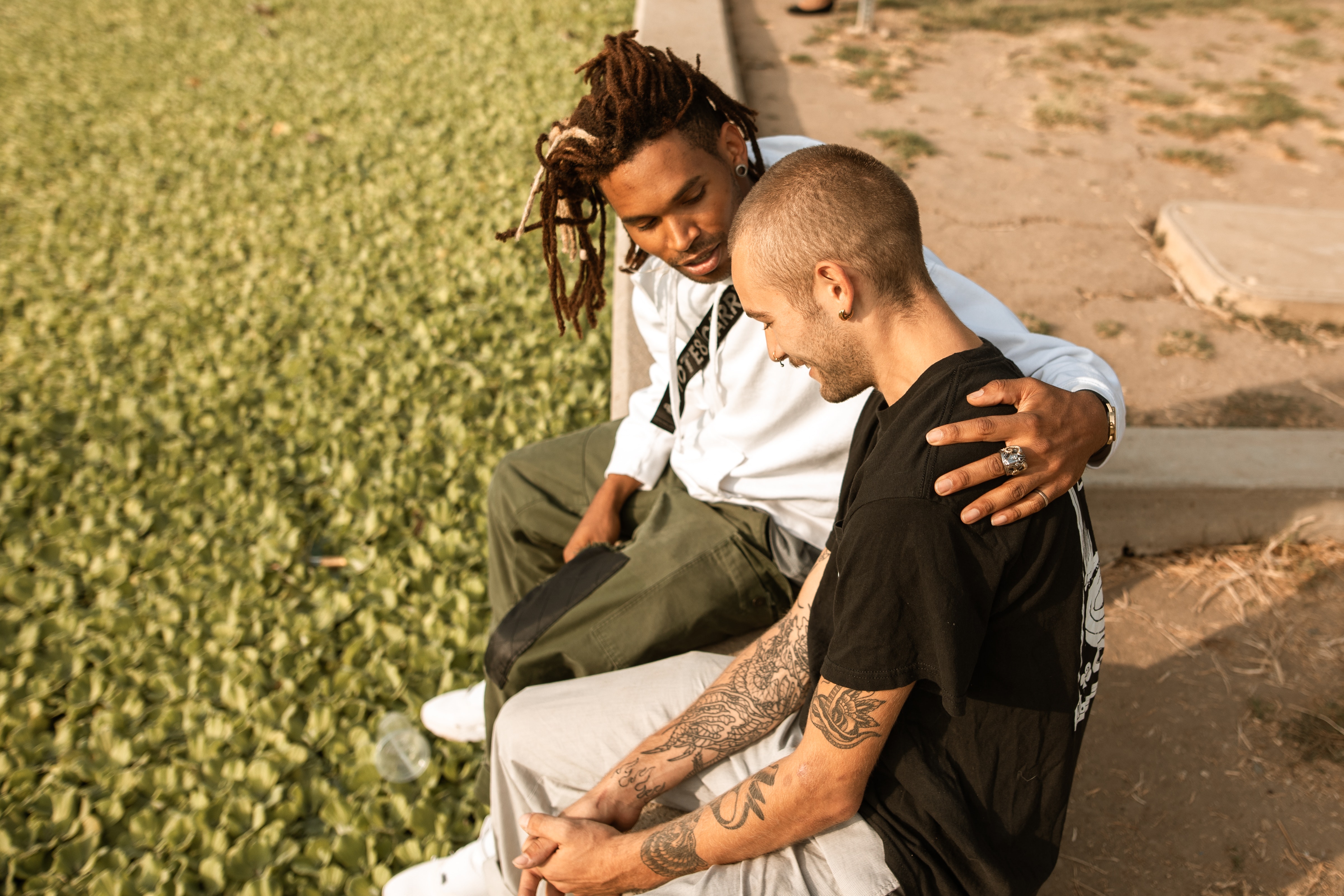It seems that people have become more and more alienated lately. More often than not, our mode of interaction is transactional, as opposed to empathetic.
“Empathetic” and “transactional” are two of the ways that people behave with one-another, and they’re quite opposite. The former is about enjoying and appreciating the other person’s company. The latter is about what we can do for each-other.
In the transactional model, I do something for you (for example, be super nice and helpful) with the expectation that you’ll do something for me in return (for example, give me validation, reassurance, affection).
Unfortunately, this way of dealing with others is dehumanizing. Instead of each person appreciating the other, just for who they are, transactional relationships take advantage of what each person might be bringing to the table.
The transactional mode of relating turns both parties into objects whose purpose is to serve one-another, rather than people whose goal is to connect. This style of interaction makes it increasingly difficult to form and maintain positive, empathetic relationships.
In my weekly women’s groups, one of the main things I teach the participants is how to “just be” with each-other. They learn that analyzing, interpreting, entertaining, cheer-leading, educating, helping or rescuing each-other are not the ways to create meaningful connections.
The group members learn to simply enjoy spending quality time with each-other. Through their sharing, they learn and grow and most importantly, they form deep and meaningful bonds.
The participants practice kindness and build empathy, and the groups quickly become cohesive entities that are greater than the sum of their parts.
More and more, we seem to have the idea that relationships are about “doing” for one-another. We don’t realize that a better model is simply being together and appreciating each-another.
Fortunately, we’re free to let go of this habit of doing for one-another and we can begin to practice just being present. This doesn’t mean that we never do anything for the other person, but rather, we understand that the main point of our relationships isn’t to be helpful or useful to each-other.
When we shift our goal to being present with one-another, a lot of wonderful things can happen: closeness grows, trust builds, understanding blossoms, and when a real need arises, it’s naturally responded to.
We won’t be responding to the other person’s need because it’s what we’re “supposed” to do or because we’re giving now to get later. Instead, our response will be based on empathy and a natural outgrowth of the closeness we feel.
It takes an awful lot of energy to constantly do for one-another, but it requires very little energy to just be with each-other. We can use that extra energy to be more loving, more creative, more productive, and to enjoy our relationships even more.
Seeing as we’re human beings, not human “doings,” I can see no reason why we shouldn’t start practicing this new model of interacting with one-another, starting today.
Sign up here for my free biweekly wellness newsletter that brings you fresh, thought-provoking content.
Subscribe to my YouTube Channel to watch my series Moving into Autumn with Good Self-Care, where you’ll learn simple tips for taking the best care of yourself and your loved ones this fall season.
Tune in to my Ruthless Compassion Podcast where I go in-depth about topics like mental health, trauma, and loneliness.


